The quest for the perfect crispy-skinned lechon—Philippines' celebrated roast pig—has long fascinated food enthusiasts and chefs alike. Unlike other roasted meats, lechon achieves a crackling texture that shatters at the slightest touch, giving way to succulent, flavorful meat beneath. The science behind this culinary marvel lies in a delicate interplay of heat, fat, and time, honed through generations of tradition.
At the heart of lechon's crispiness is the rendering of subcutaneous fat. As the pig rotates over glowing charcoal, intense heat penetrates the skin, causing fat deposits to liquefy and slowly drain away. This process leaves behind a thin, dehydrated layer that transforms into a golden, glass-like shell. The key is maintaining a consistent temperature—too low, and the skin turns leathery; too high, and it burns before the fat fully renders.
Traditional lechoneros swear by the "double-crisp" technique, where the pig is initially roasted at moderate heat to cook the meat evenly, then subjected to a final blast of high temperature to puff the skin like parchment. This method mimics the physics behind pork rinds, where residual moisture explosively vaporizes, creating micro-bubbles that solidify into an airy, crisp matrix. The audible "pop" of perfectly cooked lechon skin signals this molecular transformation.
Another critical factor is the pre-roast preparation. Unlike Western-style porchetta where the skin is often scored, lechon requires an unbroken epidermal surface. Vendors meticulously scrape the pig's hide with coconut husks or bamboo knives to remove impurities while preserving structural integrity. Some artisans rub coconut water or sugarcane vinegar onto the skin—not just for flavor, but because their mild acidity helps break down collagen without making the surface too tender.
The choice of wood matters profoundly. In Cebu, the lechon capital, fruit-bearing trees like mango or tamarind are preferred over plain charcoal. These woods burn cleaner and impart subtle sweetness, but more importantly, their steady thermal output prevents erratic temperature spikes. The smoke particles also interact with caramelizing skin proteins, creating that distinctive reddish-gold hue impossible to replicate with gas ovens.
Modern food science reveals that lechon's crispness owes much to Maillard reactions and fat crystalline reorganization. When heat exceeds 150°C, amino acids and reducing sugars in the skin undergo complex browning reactions that generate hundreds of flavor compounds while strengthening the skin's brittle structure. Simultaneously, the remaining fat undergoes polymorphic crystallization—forming stable beta crystals that give the crunch its satisfying auditory feedback when bitten.
Regional variations showcase ingenious adaptations. In La Loma, cooks baste with annatto-infused oil to enhance color and add a nutty flavor layer that complements crispiness. Bacolod natives stuff their pigs with tanglad (lemongrass) not just for aroma, but because its volatile oils rise through the meat and subtly alter the skin's chemical composition during roasting. These nuances demonstrate how lechon's texture is as much about cultural ingenuity as it is about thermodynamics.
Perhaps the most underappreciated aspect is post-roast handling. Expert lechoneros never wrap the pig immediately after cooking—trapping steam would ruin the crust. Instead, they let it rest on bamboo trays where ambient air carries away residual moisture. Some vendors even employ electric fans to accelerate this process, proving that preserving that ephemeral crispness requires vigilance until the moment of serving.
In recent years, avant-garde chefs have deconstructed lechon's textural magic through techniques like sous-vide confit followed by flash frying. Yet most Filipinos still prefer the time-honored method—where the alchemy of fire, patience, and ancestral knowledge produces that singular crunch echoing through fiestas and family gatherings across the archipelago. The perfect lechon skin doesn't just crackle; it carries the voice of generations in every bite.
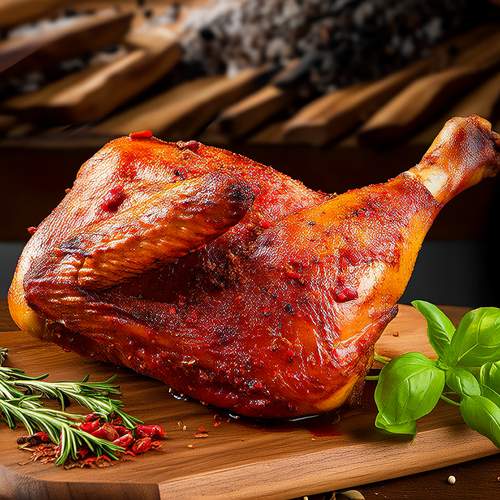
By /May 26, 2025
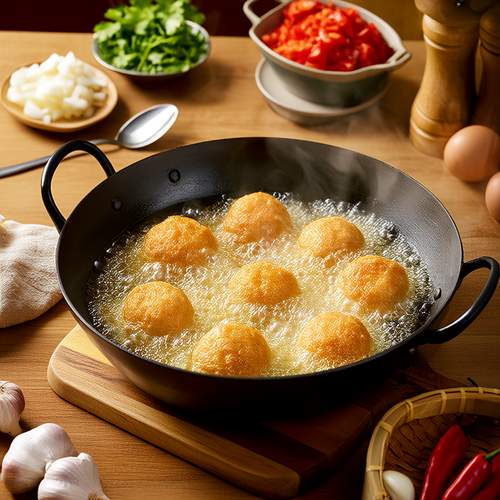
By /May 26, 2025
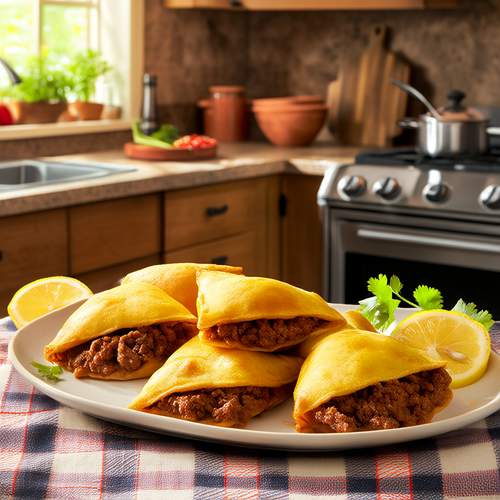
By /May 26, 2025
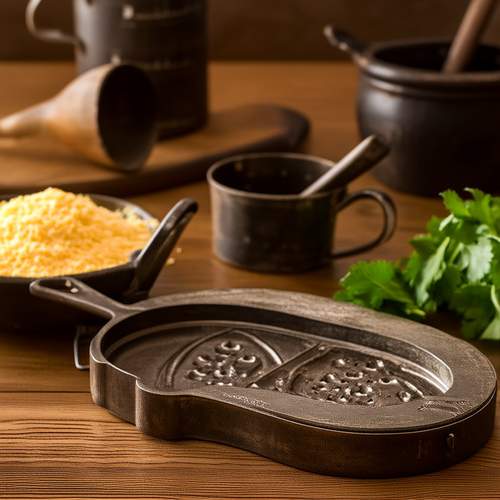
By /May 26, 2025
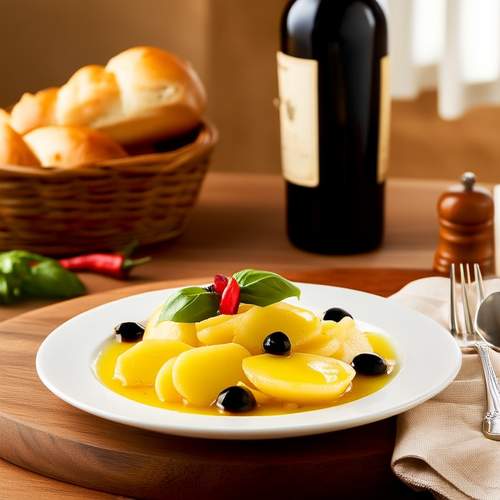
By /May 26, 2025
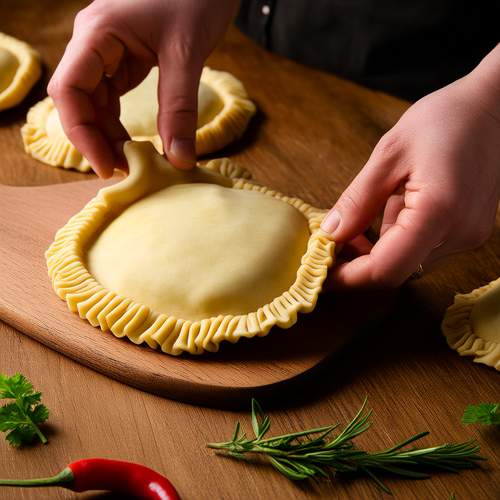
By /May 26, 2025
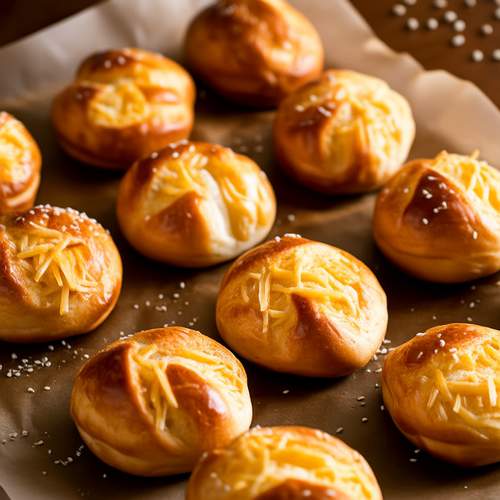
By /May 26, 2025
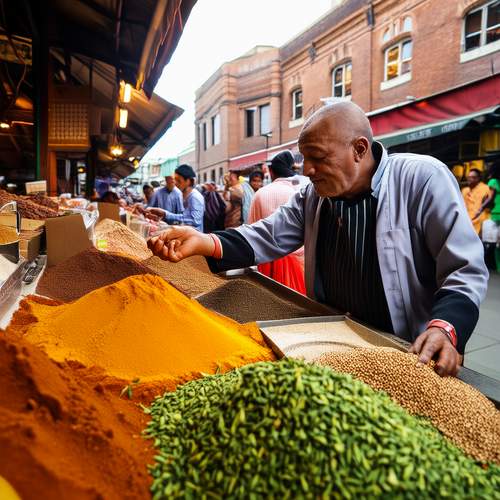
By /May 26, 2025
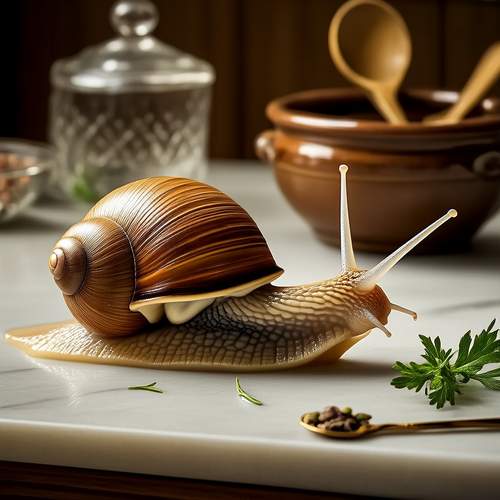
By /May 26, 2025
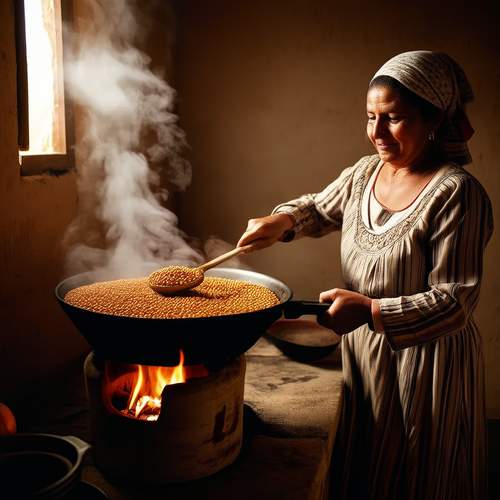
By /May 26, 2025
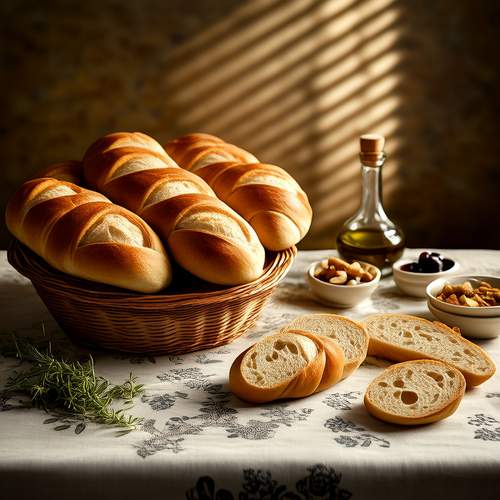
By /May 26, 2025
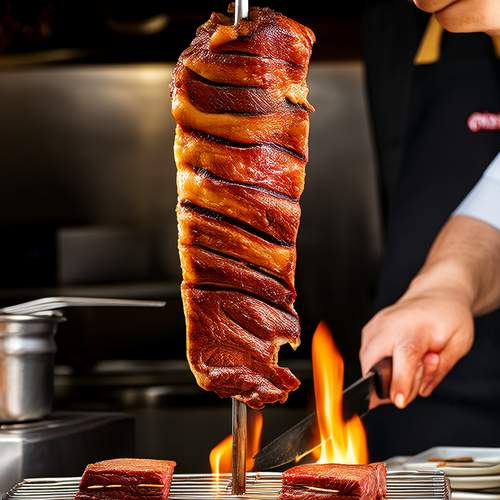
By /May 26, 2025
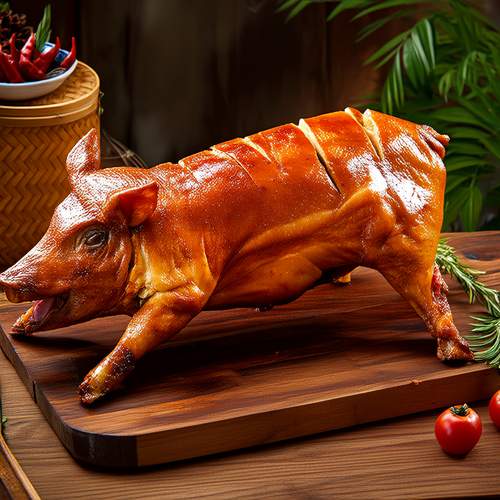
By /May 26, 2025
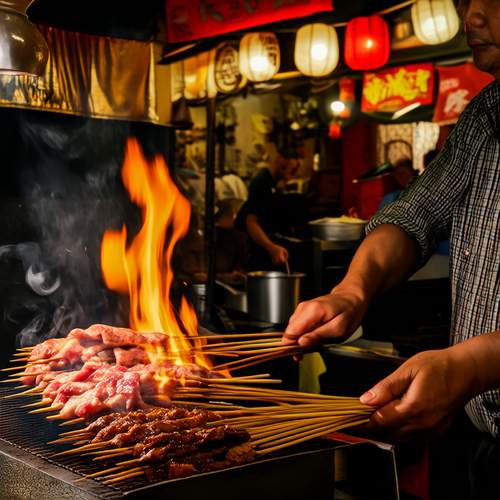
By /May 26, 2025
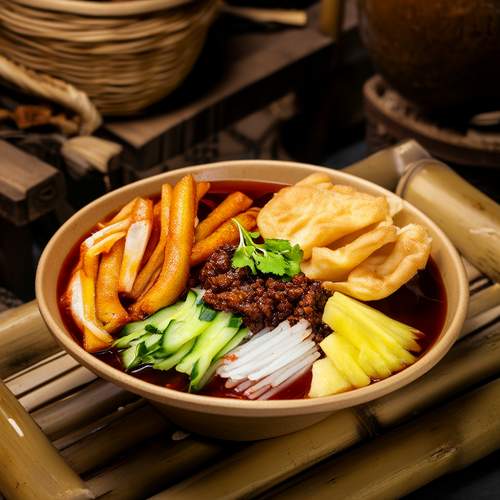
By /May 26, 2025
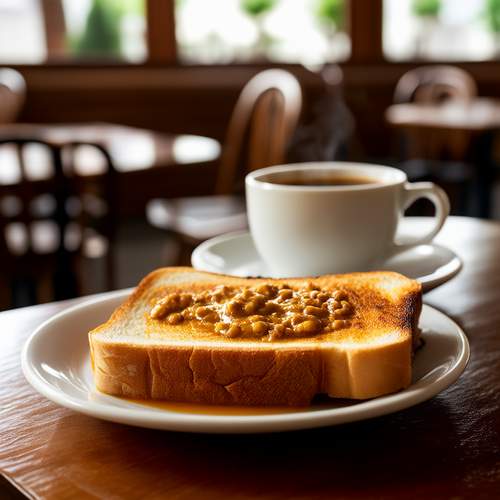
By /May 26, 2025
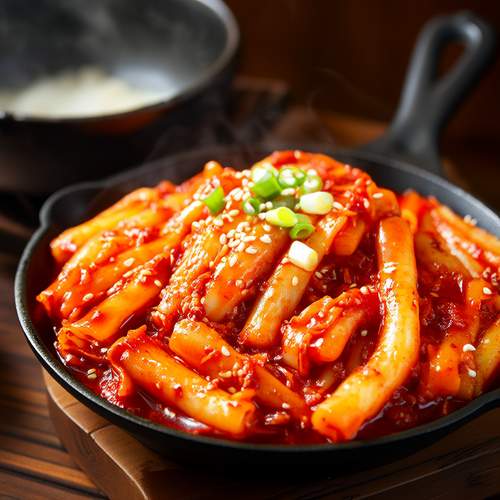
By /May 26, 2025
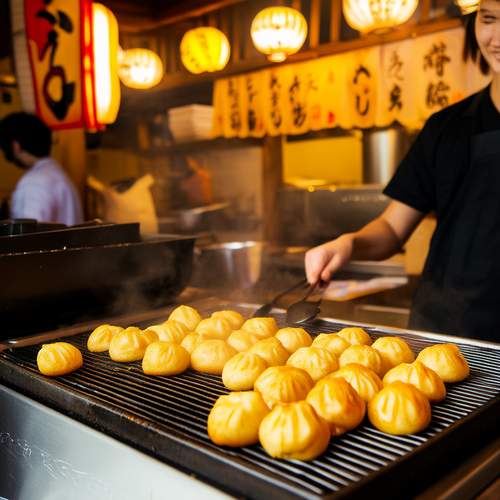
By /May 26, 2025

By /May 26, 2025
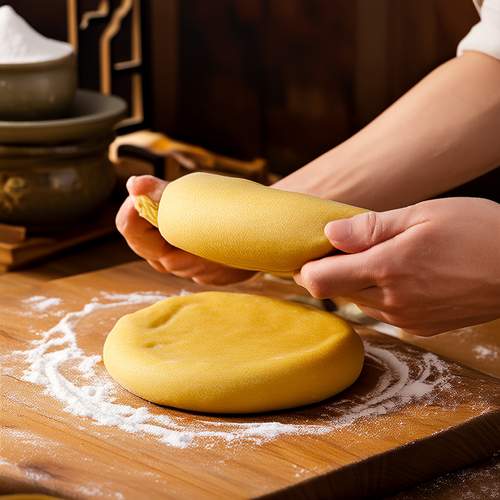
By /May 26, 2025